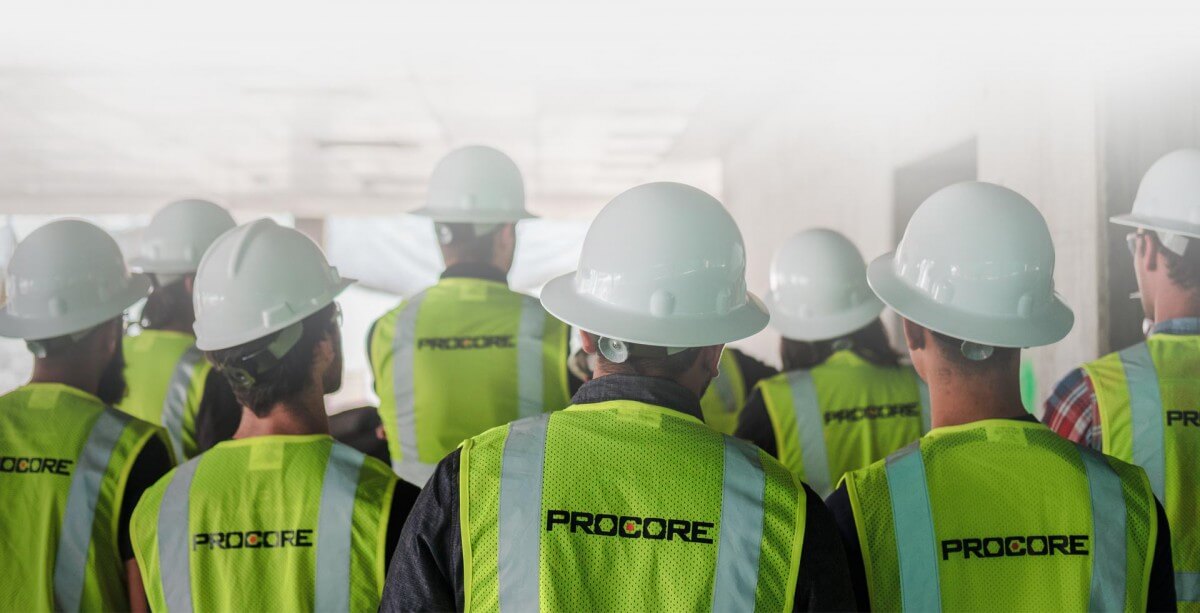
Construction disrupted: How emerging technology is transforming the industry
Humans are builders. Since we moved out of what today we’d call something snappy, like ‘readymades’ (aka, caves), we’ve always constructed – places to live, work, raise families, eat and eventually, get sick and die.
Construction is in our genetics, and making has always been a very labor-intensive business. It’s only relevantly recently (since the emergence of mechanization) that construction has become easier, quicker and cheaper.
The latest phase of mechanization, the application of technology, is no different. In this traditionally labor-intensive field, tech is playing a part in revolutionizing the way we think about the built spaces we construct around us.
In the very last few years, several areas of construction have been affected positively by new technologies. Changes in the construction industry affect all our lives, perhaps more so than in most other areas of human activity.
In almost every area, new software and hardware’s effects are felt: planning, architecture, building, contracting, management, safety, risk management, material acquisition & development and so forth.
Here are just a few areas where technology is making a real difference:
Human collaboration
Construction has always been a ‘people business’, operating by word of mouth, personal recommendation and relationship-based collaboration.

Project and task management soft- and hardware are widespread across much of enterprise, of course. But in construction, the huge costs involved in building projects make improvements in this area particularly effective.
Time tracking, bid management, contractor management, payroll – these are all areas which again, are not unique to construction, but are key to projects’ success.
A large provider operating in this space is Procore Technologies (see below) who offer a cloud-based (and offline, where necessary) construction management platform which has raised in the region of US$200m from investors like O’Connor Ventures and ICONIQ Capital.
Marketplace management deserves special mention at this juncture. Matching builders, homeowners, organizations’ stakeholders with need spans areas covering equipment, contractors, and even raw building materials.
Another American company operates notably in the marketplace management sector (see below) is Katerra. Katerra is an offsite construction specialist employing the latest tech (not just in hard- and software) to change workflow efficiencies from design to bidding stages, to procurement, contracting and finally, build and finishing. Katerra has raised $263M in recent funding rounds from the likes of Khosla Ventures and Foxconn.
Hardware
In construction, hardware’s definition moves beyond what a tech audience might consider it covers (servers in the site office, iPads deployed as ground is broken) to extend to equipment, materials, and indeed, any physical resources.

In these areas, technology has been brought into play that has significantly lowered costs and reduced environmental impact, amongst other ‘wins’.
Players to watch out for include Equipmentshare and IrisVR (no prizes are available for guessing those companies’ product focuses), the latter bringing the domestic market’s poster-boy of virtual reality to the architecture and design phases of construction.
It seems that no self-respecting article on technology these days can’t not mention the internet of things (IoT), and in construction, IoT is playing an increasing role, especially in the following areas:
- Autonomous vehicles (self-driving earth-moving equipment etc.)
- Equipment monitoring (both for safety reasons, as well as checking for faults and position tracking)
- Personnel management (ensuring staff are safe and are working effectively)
Handheld tech hardware is increasingly found onsite in construction projects, as it is in just about every sphere of the enterprise these days. One such application is magicplan (see below), which allows internal dimensions to be plotted with amazing accuracy on an iPad/iPhone/Android screen by staff with literally no training. From there, entire building plans can be assembled and materials chosen, sourced and even paid-for.
Drones are also proving their worth in construction, supplying aerial views of sites while work is in progress, as well as capturing pre-project data such as speculative geographic scans.
Finally, robotics – already a mainstay of the manufacturing industries – is beginning to find its feet in construction. By using robots where necessary, potentially dangerous and laborious work be undertaken more quickly and efficiently than achievable by people.
Construction robots automate historically manual construction tasks – and construction, of course, has very much a manually-based tradition. A single example among many is India-based Endless Robotics, which has developed a robotic solution for applying paints and other coatings on walls.
MAGICPLAN

magicplan is an app for Android and iOS devices that will find immediate use on any construction site where the interior spaces need anything more than physically creating in their rawest form.
By using a mobile device’s camera to view a space, it can be mapped simply by tapping the screen as each corner comes into view (at floor or ceiling height). The resulting plans can include all features (manually added or auto-sensed) such as windows, doors, lighting etc. and the final blueprints contain the data required to:
- pull multiple plans together forming entire facilties’ floor plans
- accurately estimate material requirements for dressing individual spaces or entire sites
- offer choices of aesthetic outcomes, plus their projected costs
- pull together total costs for possible remediation/repair plus finishing
- place orders for required materials in the formats/bundle quantities as available from a supplier
- simply export plans in a variety of formats
The underlying tech is truly cutting edge and includes reality capture, augmented reality, sensor fusion and image processing. What is arresting about the product, however, is its ease of use – it feels a natural way of collating data – and the results are accurate down to the nearest fraction of a centimeter.
PROCORE

Procore is an American company with headquarters in California, with an outward style resembling those of the tech companies that surround it in that part of the world.
Procore’s construction pedigree is not however in doubt – it produces a range of construction project management software united by its recent release of its unifying Construction Operating System, COS.
The company’s ethos is built on a demonstrable track record of consultation with its clients, proactively sending its staff into its clients’ workplaces and sites in order to garner up-to-the-minute feedback and input for its new generations of products.
This human approach – where personal contacts and word of mouth reputation are so important – feeds back into the software offerings.
The company’s three core software strands are Project Management Essentials, Quality & Safety Tools, and Financial Tools.
Recently this trio has been expanded by the addition of Payment Tools (an adjunct to Financial Tools) and a suite covering the construction industry’s prime money drain, the preconstruction phase of new projects.
The uniting COS purports to aggregate all data from third party sources (such as ingrained, legacy software) alongside the company’s own products via a uniting API. This data aggregation allows a ‘single source of truth’ to be the heart of any project.
KATERRA

Katerra is a technologically-driven construction company which is using the latest advances to change working methods across the board in architecture, building and environmental design, supply and raw material creation.
A North-American company, it is starting to utilize methods and materials such as Mass Timber in construction which are already in common use in Europe and Asia.
Katerra’s unique approach begins with its architectural and engineering services, which are able to strike the difficult balance between standardization (with lowered costs therefrom) and configuration (realization of the unique).
The company’s services include interior design and the sourcing of required components to achieve truly beautiful interiors; this is achieved at lowered cost by aggregating demand across all its projects and clients (by careful use of tech such as company-wide SAP HANA deployment), and integration with its supply chains right down the line.
This insistence on transparency throughout the full construction cycle, from sourcing materials, through design, to completion, is what allows the company to heft considerable negotiating power with suppliers, leveraging lower overall costs for its clients.
The company has just announced the creation of a new Mass Timber manufacturing facility in Spokane Valley, California. Mass Timber is an attractive, low carbon footprint building material that is a type of cross-laminated timber (CLT) product like Glulam.
A Katerra building site more closely resembles a precision assembly line than a construction site, thanks at least in part to its efficient use of preconstructed elements. These include the use, for instance, of pre-fabricated roofing elements and even pre-wired wall panels – all are slotted into place onsite with the minimum of impact on the local environment.
READ MORE
- Ethical AI: The renewed importance of safeguarding data and customer privacy in Generative AI applications
- How Japan balances AI-driven opportunities with cybersecurity needs
- Deploying SASE: Benchmarking your approach
- Insurance everywhere all at once: the digital transformation of the APAC insurance industry
- Google parent Alphabet eyes HubSpot: A potential acquisition shaping the future of CRM
